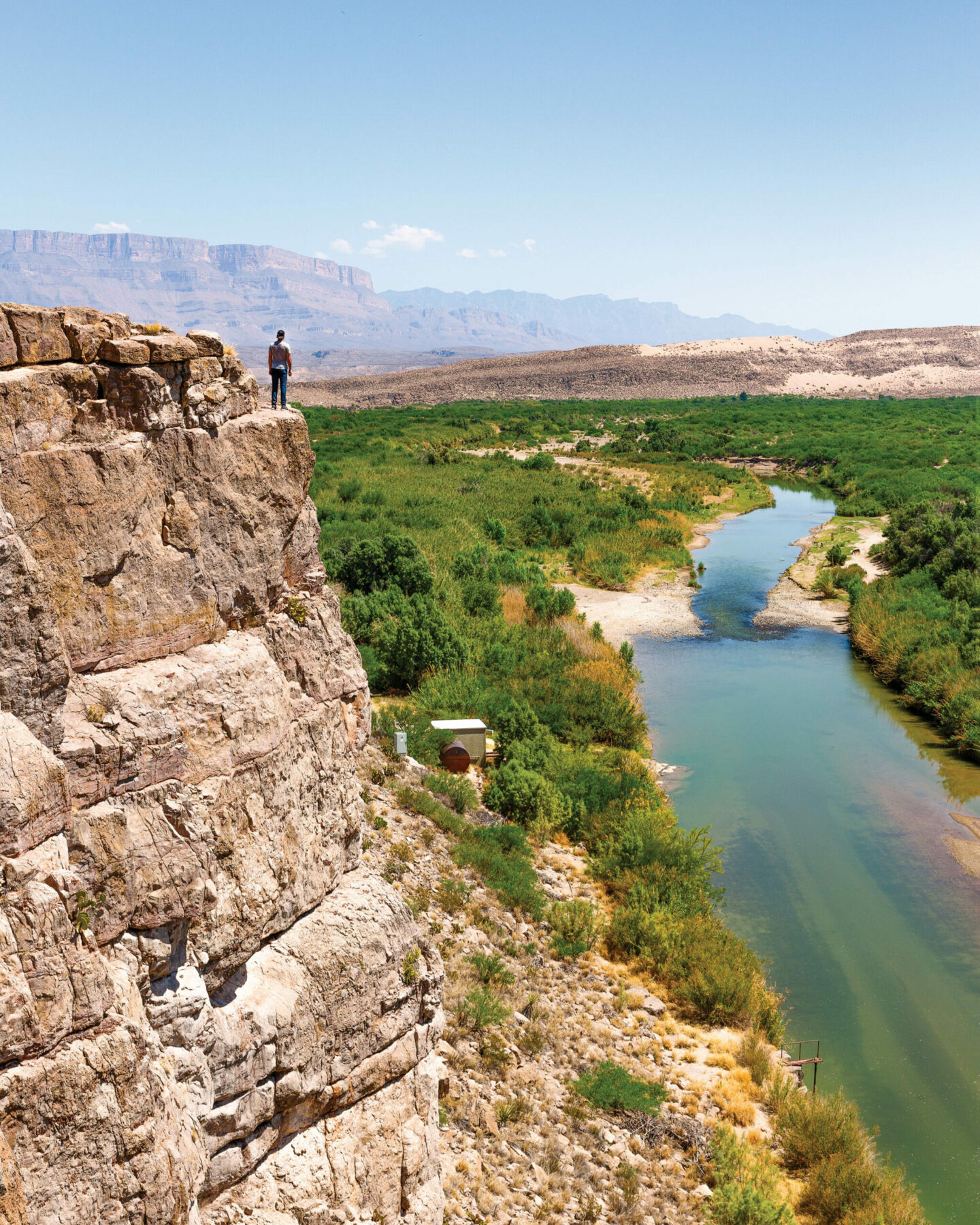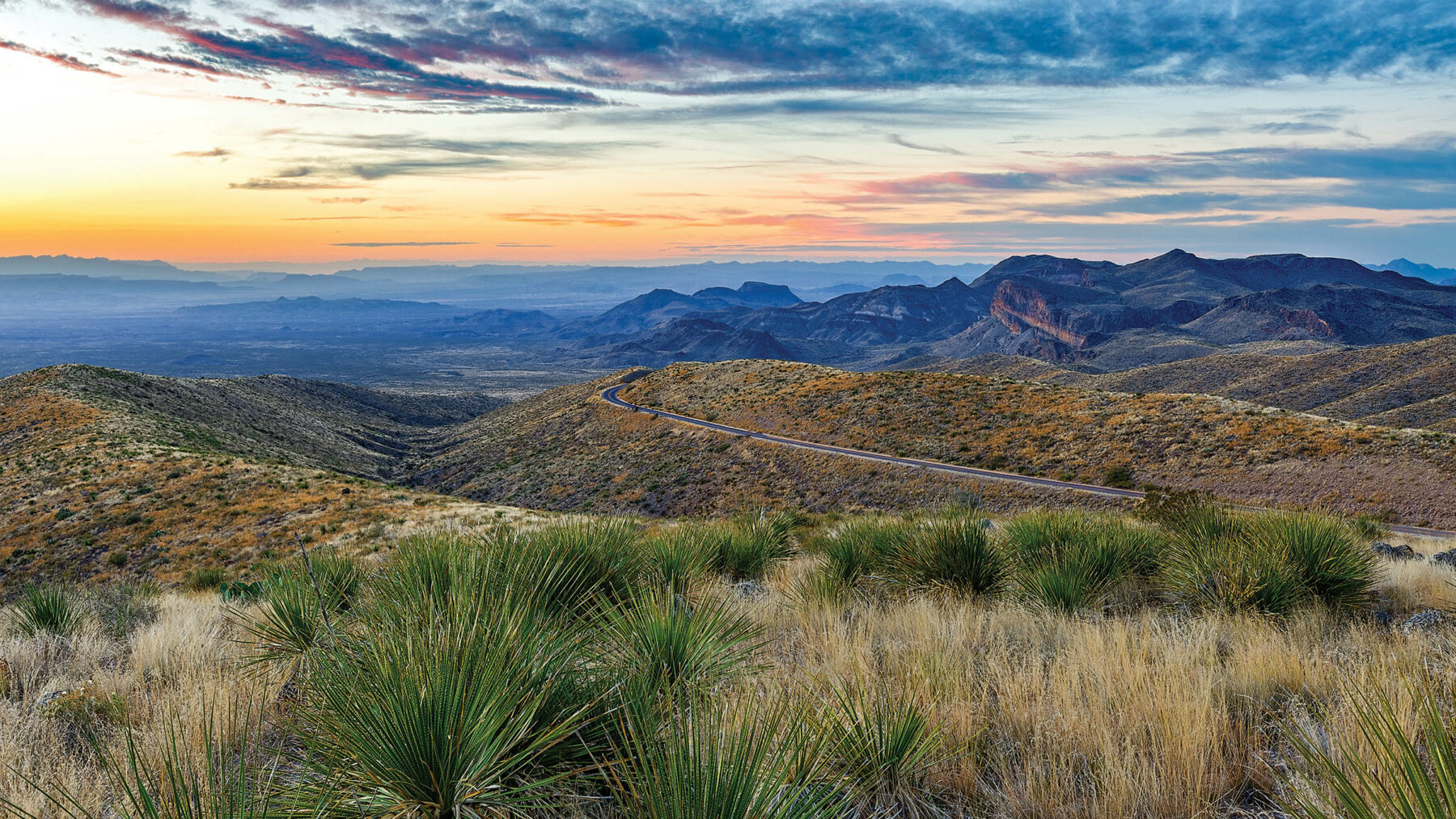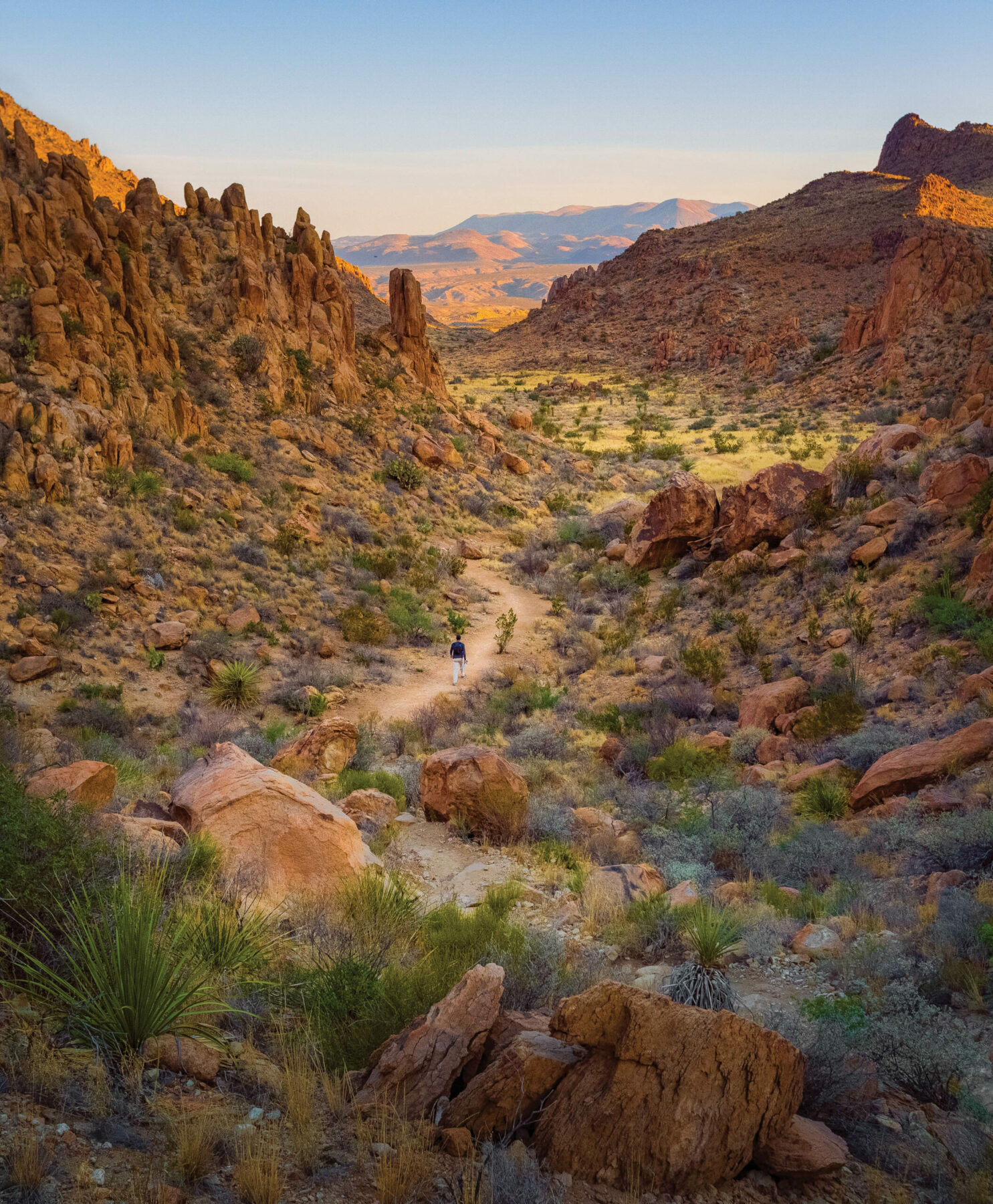A Conversation with Landscape Photographer Christopher Zebo

Christopher Zebo ran out of gas in Texas. In 2009, Zebo packed up all of his belongings and explored the lower 48 states for four months with a backseat full of photography gear. The day before Thanksgiving, Zebo’s fuel gauge dipped past empty, leaving him stranded in College Station. He’s been a Texan ever since.
After leaving his home state of Pennsylvania behind, Zebo had the world ahead of him. Zebo says he’s always been able to see the world through the eyes of a landscape photographer. His photography career took off in 2016 when he exhibited his first one-man show called “For the Love of Texas,” consisting of 32 framed prints. Zebo is now a full-time portrait and headshot photographer with his new business, The Austin Photo Truck — a 1973 RV that was converted and engineered into a professional photography studio.
Here’s a glimpse into the world of landscape photography with Zebo.
AFM: What prompted you to travel across the U.S.?
Zebo: It’s funny — students, after they graduate, their dream is to tour Europe and bounce around the world. But they don’t even know what their own country looks like. I wanted to see places I’d only heard about but had never seen. Going to places like the Badlands in the Dakotas blew my mind; it’s a desert in the north! And cool towns like Omaha, Nebraska or Kansas City, they’re awesome. And the Far West too. I could’ve lived in those mountains of Utah if I’d run out of gas there.
It was a curiosity in our own country; it’s gigantic. We have all these roads, so why not explore them?

Photography credit to Christopher Zebo
AFM: Why did you stay in Texas?
Zebo: It was the people, first. When I first arrived in College Station in 2009, it was a really ugly town. It was so bland. But within a couple of months of meeting Texans, I couldn’t believe how friendly and down-to-earth they were. It was easy for me to stay; I don’t ever want to leave.
Then, (it was) the landscapes. You have an entire country of landscapes all within the boundaries of the Texas borders. You have the prairies, mountains, desert, a coastline, a bayou and the Hill Country. Everything is all in one place. I can vacation somewhere six hours away and feel like I hopped on a plane to another destination, all within Texas.
AFM: What exactly is landscape photography?
Zebo: It’s a different way of seeing.
There are several genres of photography. Two genres intertwine — travel and landscape photography. In travel photography, you take photos of landscapes, but you also take photos of people having drinks at a restaurant or hotel.
Landscape photography also gets confused with nature photography; they’re not really the same either. Landscapes are compositions of land in the sense that an impressionist painter would capture on a canvas. If we look at paintings from the 1800s by Monet, there’s something compositionally beautiful about them. You see an organization of all the elements captured on the canvas; colors provide some of that organization. It’s a different way of seeing, being a landscape photographer. And I’ve always seen it for some reason. It was natural for me, and that’s how my career grew so quickly.

Photography credit to Christopher Zebo
AFM: What do you look for when shooting landscapes?
Zebo: The difference between someone who’s not a photographer and takes a picture of the Grand Canyon and a photographer who takes the photo is that the photographer sees a balance and organization in the scene that a person who doesn’t think about that wouldn’t see. What I would call the “landscape narrative” in the frame of the shot they are taking, there’s a balance to it. The way you move your camera around and have certain elements in it, and they’re in certain regions of the frame. Organizationally, you can see those things together; the recipe for them makes a great visual meal.
AFM: Which is your favorite national park in Texas?
Zebo: Big Bend is my favorite.
The name “Big Bend” comes from a big bend in the Rio Grande as it wraps around the side of the Texas border. There’s a mountain range there called the Chisos Mountains, which is the most photogenic in that area. What’s most amazing about Big Bend is that, to get out there, you have to make an effort. When you arrive, out of this desert landscape, you see this mountain range rise out of the ground and then disappear quickly. It’s a very small range. It’s called a sky island. It’s surreal. It feels like you have the entire national park to yourself.
For a photographer, it was a dream to be out there for a week shooting every morning and evening when the sun rose and went down.






